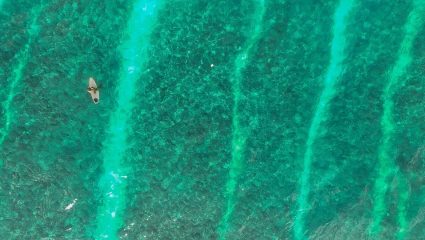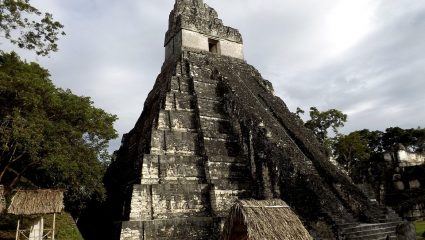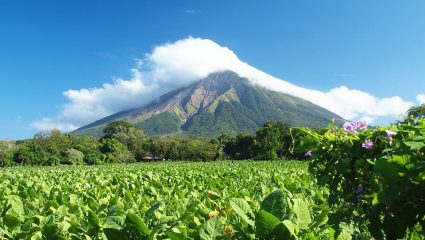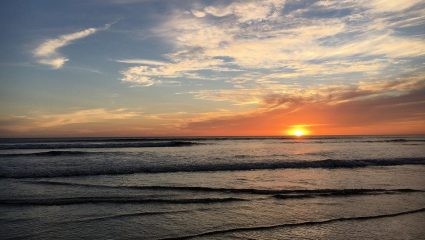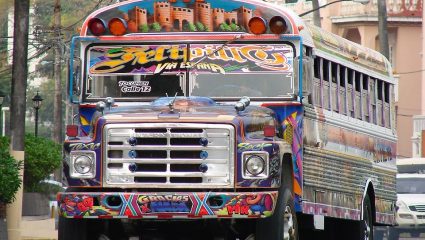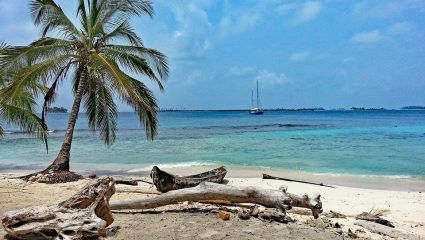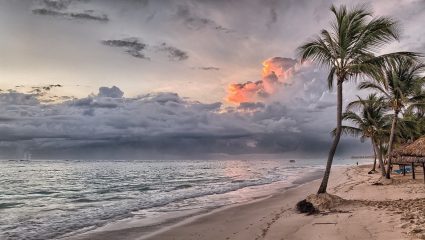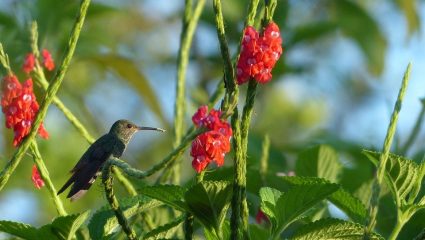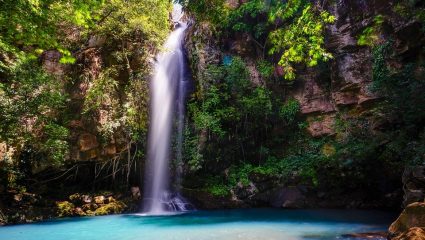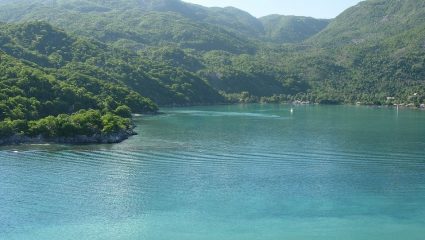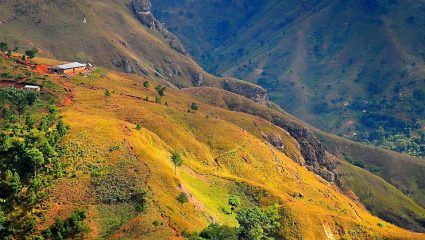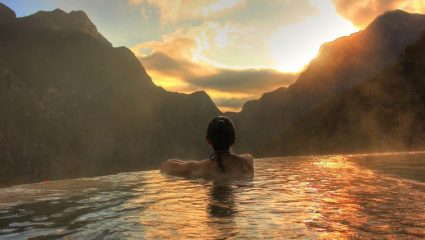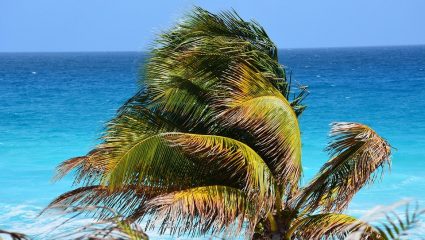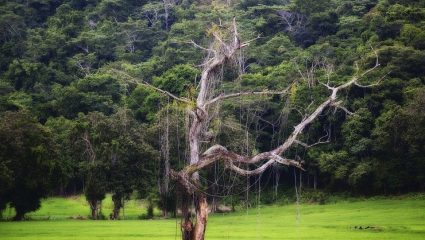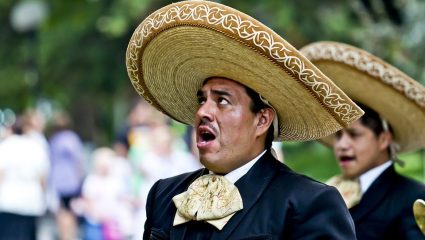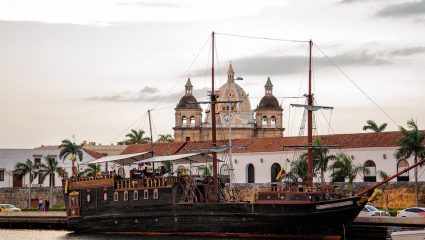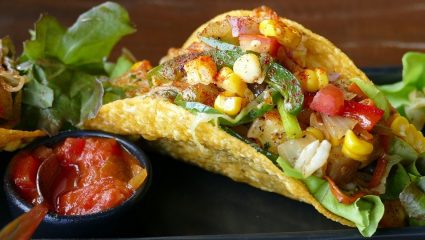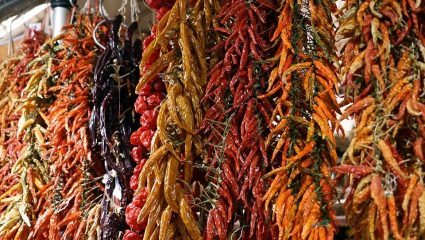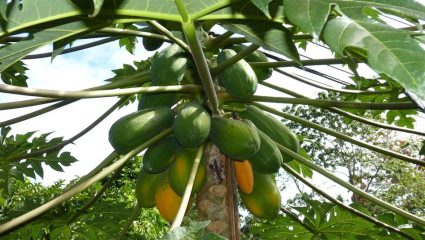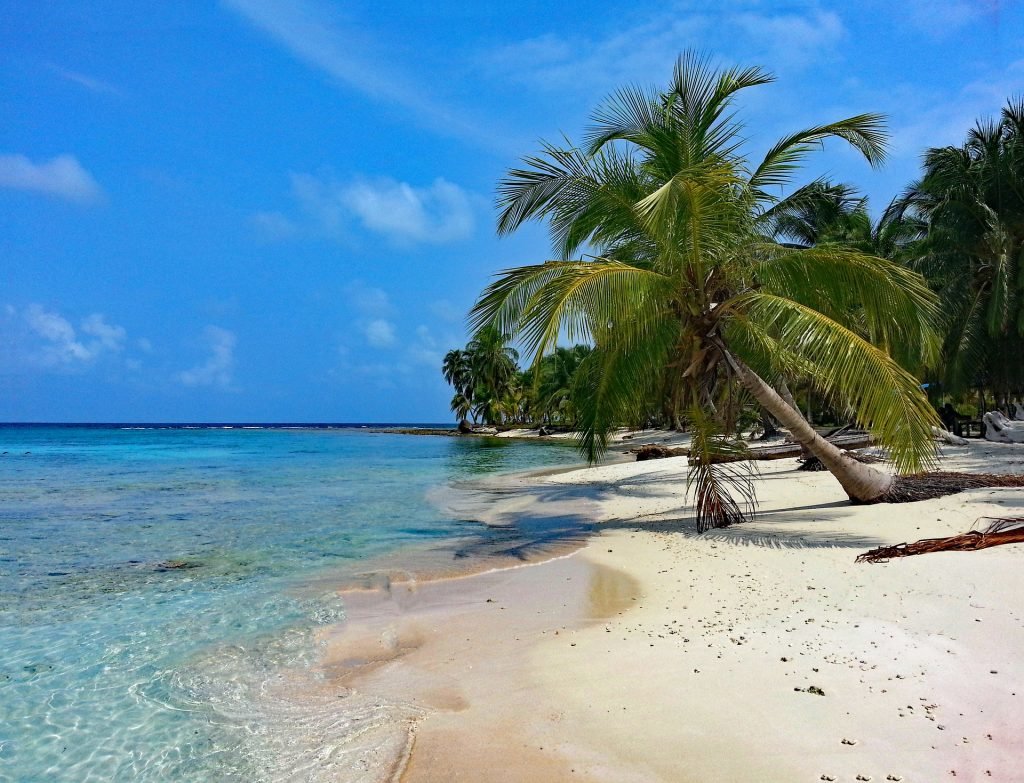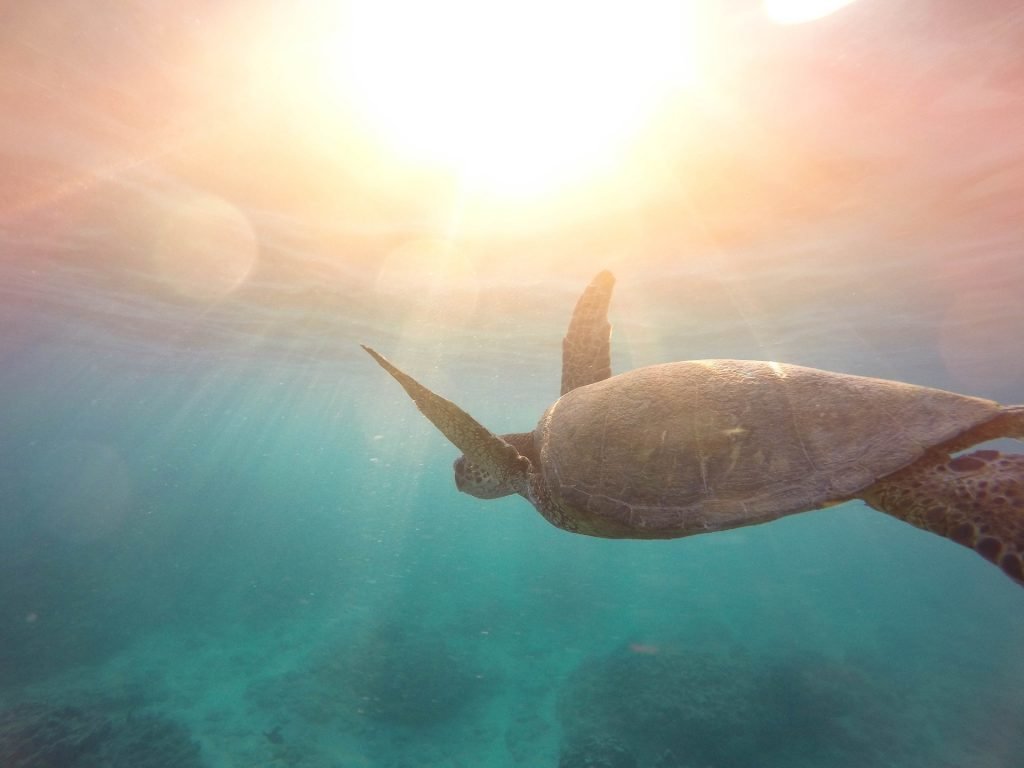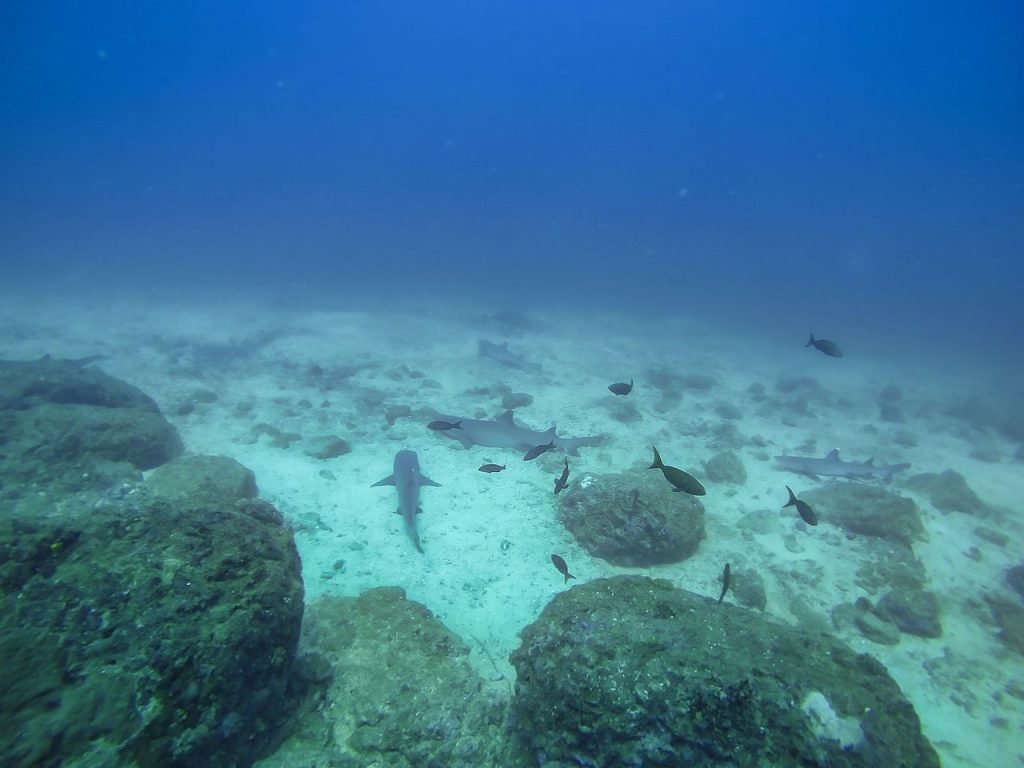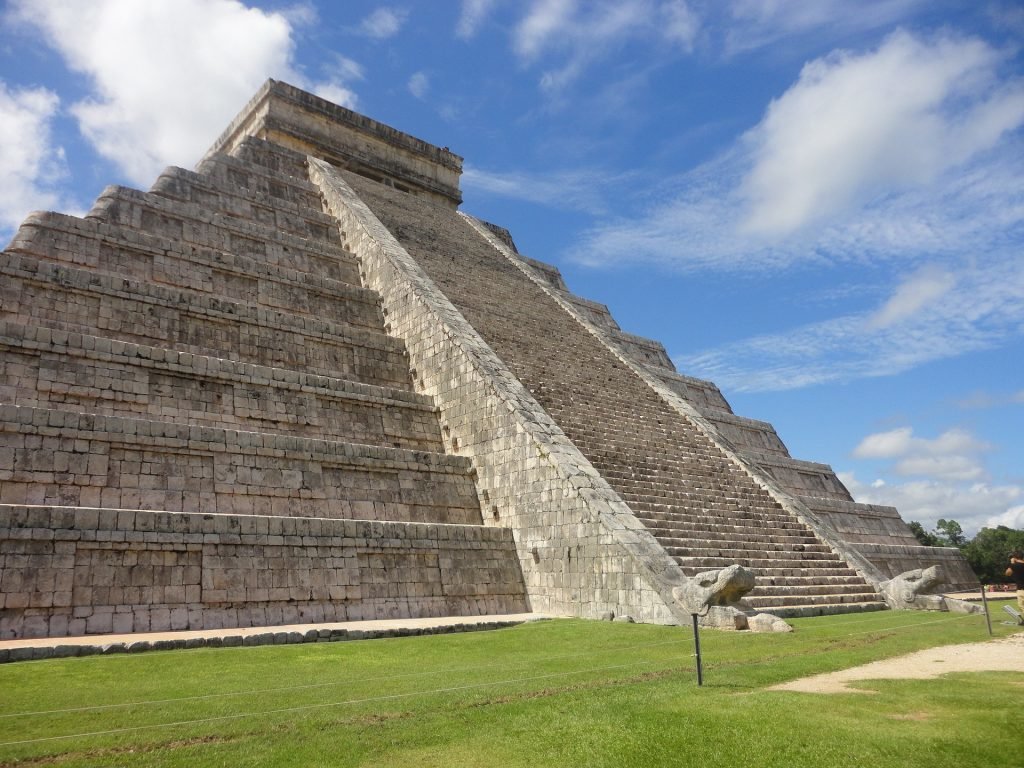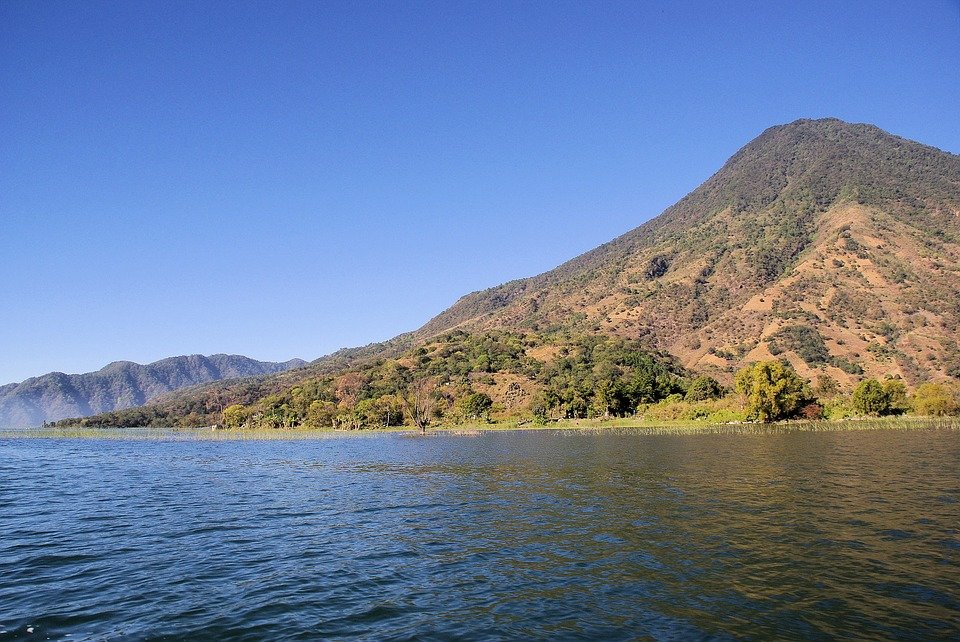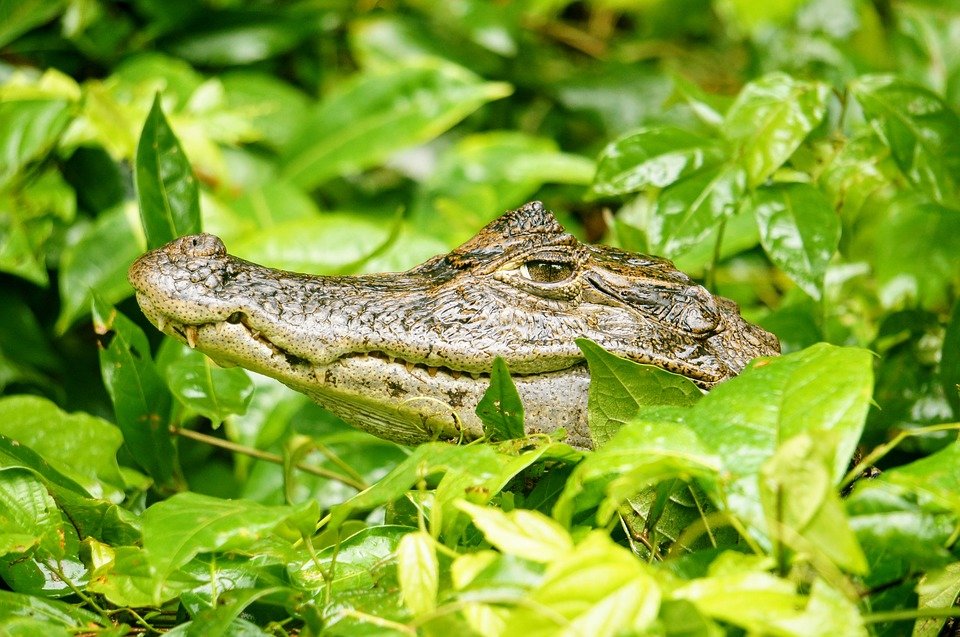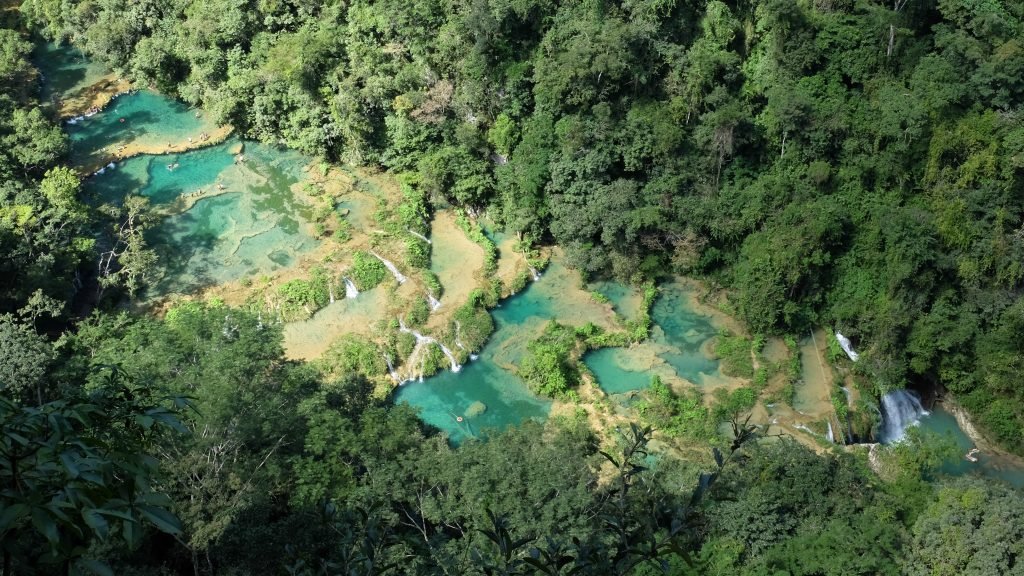SURF CAMPS CENTRAL AMERICA - Coming Soon!
Surfing in Two Oceans
Central America, the land bridge between North and South America, consists of 20 countries. Every one of them deserves the title 'paradise'. You can find a perfect postcard-like picture every few meters. Long, white and palm-lined sandy beaches, wild jungles and crystal clear water characterize Central America's landscape.
You're gonna find surf spots here, that you only know from movies. With perfect barrels or almost endlessly running longboard waves and often completely empty line-ups. And when you're done with surfing for the day, there's so much more to explore!
Central America Guide
The Surf Regions
Central America represents only a very small part of America. Nevertheless, the surf regions are extremely varied due to the region's geography. You can surf two oceans, the Pacific and the Atlantic Ocean, sometimes even in the same day. And then there is of course the Caribbean, a part of the Atlantic Ocean that is sheltered by offshore islands. That's why the surf is more relaxed here.
Nicaragua - The Offshore Dream
It's always the same story: You're on holiday in Europe, there is a big swell incoming and the wind just destroys every single wave... Now listen up! Believe it or not, but in Nicaragua you will get almost 100% offshore wind every day. On top of that, at the best spots the conditions are perfect all year long. Nicaragua's tourism is developing rapidly nowadays, which makes travelling much easier but also the line-ups more crowded. Don't worry though: if you're adventurous and don't surf only the main spots, there are plenty of waves without a surfing soul.
Panama - Oh, how beautiful is Panama
Panama is like a dream from a story, tenderly called the Caribbean Indonesia. There are perfect waves somewhere everyday. Still, you should consult the locals on this subject because the swell doesn't announce itself far in advance. Instead it builds up due to suddenly occurring hurricanes. But no worries: With a little help, you're gonna find a good break. And when there is no swell on the Caribbean coast you can easily get to the Pacific coast in a few hours.
Dominican Republic - The Surprise
The Dominican Republic is more known for package tours to beautiful beaches than a big surf scene. Giant hotel chains destroyed the nature in many coastal areas. But if you travel off the beaten track you can explore breaks that aren't even surfed by locals. Especially, if you travel down the Atlantic coast the nature will change abruptly. All of a sudden you stand in front wide green pastures, lonely valleys and empty surf spots behind huge cliff coasts.
Costa Rica - Pura Vida
Pura Vida is the way of life in Costa Rica, from the moment of waking up to going to sleep, basically all day long. Besides, enjoying the pure life is really not that hard here. Costa Rica is one of the most developed countries in Central America. For that reason life is very relaxed, easy-going and most of all, safe. However, that doesn't mean that you don't have to fear the mass tourism. The agglomeration is of course more crowded but the more you go away, the more unspoiled it gets. Unique nature and mountains straight out of 'Jurassic Park', endless green meadows and kilometres long sandy beaches will welcome you. And the most important: At good conditions you'll surf the best waves in Central America here. Divine barrels in front of a perfect setting that you only know from surf movies.
Haiti - Empty Line-Ups
One of the poorest countries in the world, beset by natural disasters and still tremendously beautiful. A touristic infrastructure system can't be developed here because of the lack of resources. It's hard for the people, whereas the nature benefits a lot from it as well as adventurous surfers who are in search of a lifetime experience. Haiti is definitely not the best 'first time' for an inexperienced traveler. And even if you know how to travel in undeveloped countries you should inform yourself of the dangers in Haiti. But after all of that you're good to go!
Mexico - Surfing and Siesta
Drug cartel and gang fights are probably the first things that come in mind, if you think of Mexico - we can assure you that it's only a tiny aspect of the Aztec country. If you visit the right areas in Mexico you won't notice any comparable actions. Clearly the gangs, dealers and criminals from the dark stories are real but if you stick to the locals, avoid the dangerous zones and catch up on important information you won't have to worry about anything. Generally the population is very nice and hospitable. There are several world class breaks like most famous Puerto Escondido, the 'Mexican Pipeline'. It's a credit to Hawaii's North Shore because there happen at least as much board and bone fractures. But with a bit of luck and loads of skills you can get barreled ferociously like never in your life before. Those who get weak in the knees at the sight of the mega wave should try La Punta, a softer point break and a good alternative.
Travel Time and Transfer on Site
Due to the proximity to Equator and the two oceans, Central America offers a good surf all year long and you should't hesitate to visit the appealing land bridge.
Depending on the season of year, it's crucial whether you head to the Caribbean, the Pacific or the Atlantic Ocean.
From October to December you should visit Nicargua's North. The South works best from March to September. Only from January to March, Nicaragua gets more inconsistent because the winds intensify.
Surf time is all year long in Costa Rica. You'll find perfect conditions on the Pacific coast between April and August. Unfortunately, it's also monsoon season. Therefore, accommodations are cheaper and if you're good with one or two hours constant rain each day you spend a super cheap holiday in Costa Rica. The Atlantic Ocean offers best conditions from December to March.
The most relaxed spots in the Dominican Republic work nicely in the hurricane season between November and April. Afterwards, the conditions are better for beginners and beach goers.
Flight
Almost every capital in Central America has its own airport. An airlines recommendation is a hard task though because there are plenty of special temporary offers from different airlines. You should check Skyscanner where you get the best prices and most convenient months to travel.
Getting around
The Chicken Buses are the perfect alternative for getting around in Central America. One tip: Give up on a proper scheduling! The buses go when they are full. All the people who need structure on their trip can use the modern and luxurious coaches of private companies that offer European standards. The cheapest option between the countries is mostly a continental flight. You're gonna hit pay dirt on Skyscanner.
The History of Surfing in Central America
Surfing in Central America has different roots. For one, there have been several indigenous tribes which discovered the game with the boards in the waves. The first real surf boards came from the USA and Spanish colonists. Since the fascination for surfing had spread all over the Spanish and French Atlantic coast it was only a matter of time until it reached the European colonies. When young Spanish visited their families across the pond they saw the amazing conditions in Central America and must have been really stoked. That's how surfing arrived as an inherent part of the life in Central America.
Culture in Central America
Central America is big. Regarding 20 countries it's impossible to speak of one uniform culture. The cultural roots of the indigenous tribes mingle with strong influences from Spain, France and the Netherlands.
Accordingly, people speak Spanish, Dutch, French, English and some indigenous dialects and languages, depending on the region.
Many religions are practiced here but most of the people are Christians. Besides, lots of the Indigenous people practice diverse nature religions.
Life is generally more basic than in Europe and most of the countries aren't developed too much. But despite poverty, hunger and a strong criminality, most people are still happy and friendly.
Weather, Climate and Water Temperature
You can travel Central America basically all year long. Of course, you have to be on the right spot at the right time not to get into the monsoon season. In most regions, the temperature difference between day and night is bigger than between the month. Temperatures are tropical hot and wet but in the mountain regions climate is more moderate.
The water temperature is differs to some extent comparing the Atlantic Ocean, the Pacific Ocean and the Caribbean. It ranges between 28 and 32.
Food in Central America
The countries and regions obviously differ from each other but one thing is common throughout Central America: Food plays a very important role. The people appreciate a balanced nutrition with lots of domestic fruits and vegetables. Other than in most parts of Europe, meals are a central part of the day. You meet up with your friends and family, talk a lot and most of all take time for cooking and eating. Corn products, avocados and legumes are basal in the Central American cuisine. Additionally, chili is an often used spice. Meals from Central America could fill whole books. To give you a short overview we put together our favorites.
Mexico
Tacos, who doesn't know Tacos? However, a lot of people don't know what Tacos really are. Is it a corn tortilla, is it flat bread or the crisps after all? Mexican Tacos are composed of a corn or wheat tortilla which is also called Tortilla. You can fill in everything you want. Traditionally, it's a mix of meat, vegetables, a sauce and of course chili.
Then, there are Totopos which we know as Tortilla crisps in Europe. In Mexico they are served as a free appetizer or as a supplement to a beer.
You can find sweets and desserts at every turn in Mexico. Some are super delicious, others require getting used to it. Be careful with the extremely spicy ones. Very popular are Manzanas con Chile, apples covered with sugar and powdered with chili.
Costa Rica
Costa Rica's cuisine is strongly influenced by the Mexican cuisine but there are also national specialties which are a real culinary delight. The foundation for almost every food is rice which has more than 100 different ways of cooking. The national dish is Casado, rice with fried onions, beans, meat and a fried egg as topping. In addition to that the restaurants serve meat and plantain. Sounds like a basic dish, but made by the right chef it makes everybody happy. Especially after an hours-long surf, when you're super wasted it gives you fresh energy and everything your body needs. Another specialty is Rondon, a coconut stew with meat and vegetables. For the strongest eaters, the last course is cheese to top it off.
Nicaragua
Nicaragua's natioanl dish Gallo Pinto is pretty similar to the Costa Rican version. As a European, you won't taste a difference but for the locals there's a huge difference, especially in the way of spicing it. Vigorón is a Nicaraguan salad which is composed of slaw, tomatoes and onions. It's garnished with a chili, vinegar and salt dressing. They serve the salad with roasted pork belly and wrapped in a banana leaf. As an aid to digestion you should try the local rum 'Flor de Cana'.
Jamaica
The Jamaican food differs strongly from the other nations' food. Though they use the same basic ingredients, most of the dishes are flavored with coconut milk and curry. The most famous dishes are 'rice and peas' (spiced rice with peas and beans) and 'Ackee and Saltfish' (Jamaica's national fruit with salted codfish and rice).
Top 10 Central America Highlights
Central America is so diverse and offers a lot so it's really hard to list THE 'Top 10'. To give you rough orientation we present you our 10 favorite places which you definitely should visit.
1. Honduras - Maya Ruin Copán
If you think of the old Mayas you instantly connect them with something mystical. And when you arrive in the ruin town Copán you know exactly why. The 1500 years old remnants of the extinct culture is equally impressive and bewitching regarding the incomparable pyramid architecture and the magical stone sculptures. Take your time! The town is 120,000 square kilometers large so there's plenty to see.
2. Panama - San Blas Islands
Many islands and beaches in Central America would deserve a place in our Top 10. The San Blas Islands just blew our minds though. Consisting of 365 islands, there is one island for every day of the year. Because of heavy fishing restrictions and limited tourism, the underwater world is still in its original state for the most part. Huge colorful coral reefs invite you to a snorkel and diving trip. And in the evening, there is nothing nicer than a dinner with super friendly locals, a few beers and serene talks.
3. Costa Rica - The Turtle Camp “La Tortuga Feliz”
Every surfer and generally everybody should treat the ocean responsibly and with respect. La Tortuga Feliz is part of our charts because it's the perfect alternative to the standard surf holiday. Those of you who have more time can work and live for free at the 50 kilometers long sand beach, get to know the locals, rescue endangered turtles and go surfing in the free time. The work is no bed of roses but what can be more fulfilling than making the world a little better and pursuing the best side line on the planet at the same time.
4. Panama - Coiba National Park
Coiba is a former prison island and a sleeper at all means. Up to today, there is no big tourism and population. The best way to explore Coiba is with local diving companies. There's so much to see under water. Turtles, manta rays, dolphins, whale sharks and humpback whales are sighted regularly. Lots of people speak of the best diving experience in their life. A day trip makes two dives possible and in between you can visit the unspoiled jungle.
5. Mexico - Chichén Itzá, the Pyramid
The old Egyptians weren't the only folk that built giant pyramids. Also the Mayas did a quite impressing job. The structures don't taper that much and didn't only function as tombs but as temples. What belongs to the New7Wonders of the World can't be missing in our Top 10.
6. Nicaragua - Volcano Boarding in Leon
If you're on a surf trip in Nicaragua and aren't keen on paddling for the the next ride you can choose volcano boarding on the active volcano Cerro Negro instead. 90km/h, full body protection and a rickety wooden blank. That's what you can expect! If you're cautious you should sit down. Otherwise stand up and volcanoboard like a pro. It reminds a little of a roller coaster ride but better quit screaming, otherwise you're gonna have your mouth full of volcano earth!
7. Guatemala - Lago de Atitlán, Bergsee
Mountain lakes are no rarity around volcanoes. The extent, the flora and the fauna at Lago de Atitlán are though. It's situated at 1560 meters, the maximum depth is about 340 meters and it offers a breathtaking panorama. Besides, water temperature is between 18 and 21 degrees so it's perfect for a chilled swim.
8. Costa Rica - Tortuguero National Park
Right on the border to Nicaragua is the National Park Tortuguero. A tour includes a boat trip over a channel where - with a bit of luck - you can watch some caimans. The tour through the jungle goes past howler monkeys, manatees and sloths. Highlight of most day trips is the beach where the sea turtles breed. Only watch them, don't take photos and most of all do not touch the animals. They are extremely delicate.
9. Nicaragua - The Churches of Granada
Granada is the third biggest city in Nicaragua and bribes with a unique charme. Cultural highlights went a little bit too short in our Top 10 so we'd love to entrust a church tour in Granada to you. Don't miss out on the Iglesia de la Merced. The Parque Central is well-suited to relax.
10. Guatemala - Semuc Champey
A sequence of unique natural pools surrounded by a rich green national park. The water changes color depending on the weather conditions and the sun exposure. If you come towards evening you may have the pools all for yourself and you can watch some tropical animals when they come to drink.
Why Central America with Planet Surfcamps?
Apart from Indonesia, Central America is the first destination that springs to your mind when you think of the tropes. At home in France, Spain and the Canaries surfing is also a lot of fun, but if you have perfect conditions and beautiful waves all year long in Central America, it's a whole different experience.
At the latest, when you get out of the water completely stoked and you lay down in a hammock under a palm tree, sipping a fresh coconut, the 'Why' question sorts itself out. Every surfer who loves nice and empty waves, friendly locals and a life in a tropical paradise should come here.


